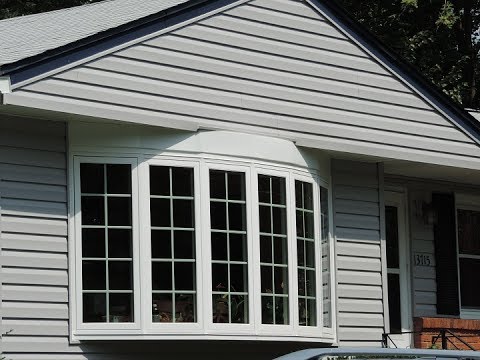Vinyl Siding: History and Innovation

Vinyl siding sees widespread use on houses and apartment buildings throughout the United States and Canada. Vinyl siding is preferred because it is highly cost effective as well as having a variety of options in color and texture. The modern product is a far cry from its original conception, though. A relatively recent invention, vinyl siding has gone through some major changes since it was first introduced and is now considered the top choice for siding in the US.
The Invention of Vinyl Siding
In the early 20th century, the primary choices for siding were wood and aluminum. However, both had their downsides: aluminum could easily get dinged or warped, while wood required considerable maintenance against fading paint, rotting and infestation. In the late 50s, vinyl siding was introduced by Crane Plastics in Columbus, OH. The original process relied on mono-extrusion, and colors were blended manually. However, it was difficult to manufacture and install this siding consistently and with high-quality, and the process created significant waste. As a result, the housing and construction market was slow to adopt vinyl in its early stages.
The Modern Turnabout
Innovations in the 1970s saw a profound change in how vinyl siding was manufactured. Using a new co-extrusion process, siding was created with two separate layers of PVC. The outer capstock, about 30% of the total thickness, is made for weatherability, with titanium dioxide for coloration and UV resistance. Beneath it, the substrate contains 15% ground limestone for reduced cost and effective binding to the capstock. The results were far more consistent, and the process was less wasteful, especially thanks to initiatives for recycling end-of-life siding.
Choosing Vinyl
With a breadth of choices for colors and veneers along with durability and energy efficiency, vinyl siding has become the go-to option for many homeowners. Many construction and renovation contractors offer both high-quality siding and the professionals to get it installed properly. When it comes time to replace your siding, consider vinyl from a local contractor.
Let’s Talk
Request a no-hassle consultation with our team today.
Sidebar
Let’s Talk
Request a no-hassle consultation with our team today.












